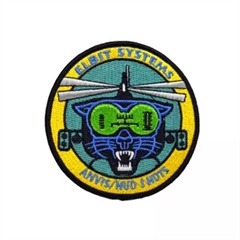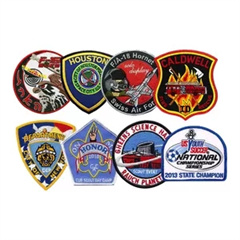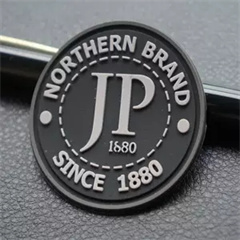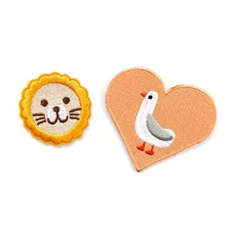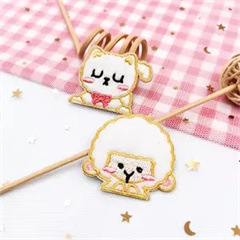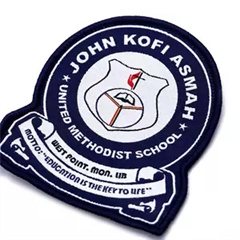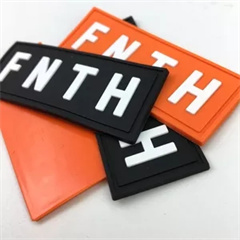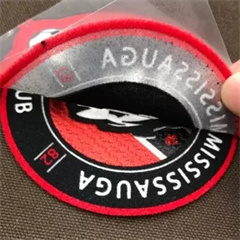Introduction to Patches
Service Scope: We undertake the wholesale of various patches, customize the size, color, packaging, etc., and can also customize any logo. Our products are very popular and the prices are cheap. We hope you are interested in our products.
It is also called applique. It was originally intended to be a patch for repairing clothing. Now it refers to yarn balls, denim embroidery, embroidered cloth stickers, lace armbands, gold thread embroidered badges, etc., which are made by Oshiqi. It is one of the clothing decoration accessories. kind.
Cloth stickers are a form of embroidery. It uses the leftover corners and corners of the quilt to form various patterns on the base fabric, first stick it firmly with the paste, and then use a needle and thread to stitch along the edges of the pattern to fix it and perform detailed details. Processed.
The craftsmanship is also called silk satin embroidery. It originated in the Tang Dynasty and developed through the Tang, Song, Yuan, Ming, and Qing dynasties. Until the 1990s, it gradually formed a variety of blending techniques, with gorgeous colors, fine workmanship, and bas-relief. The artistic characteristics of the effect. The meticulous pasting of various fabrics into various works such as plum, orchid, bamboo, and chrysanthemum requires the exquisite skill of the artist.










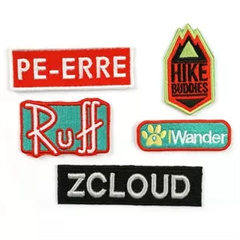

How to use Patches
Patches can be used to repair small holes and stains on clothes, and can also be ironed or sewn on favorite fabrics according to creativity.
1. Before ironing, keep the back clean and adjust the temperature to the temperature suitable for the clothes according to the method of using the iron.
2. Put the patches in the proper position (don’t tear off the glue), and burn them back and forth a few times, usually about 15 seconds.
3. In order to prevent scalding, you can put a thin cotton cloth on the patches (but not faded cloth). After ironing, check the edges to see if they are well ironed, and iron the edges a few more times.
4. The temperature should also be determined according to the thickness of the patches. If it is thicker, the temperature must be higher and the hot time will be longer. For particularly thick patches, you can iron a few more times on the back.
5. Patches embroidered with sequins or metal threads should be ironed from the back first, and then trim the corners from the front after the cloth is firmly fixed, so as not to damage the sequins or other accessories on the front.
6. The best way is to sew a few stitches on the edges of the patches with a needle and thread after ironing so that it is firmer and more convincing.
7. If you don’t have an iron at home, you can also use the same color thread to sew patches on the clothes.



